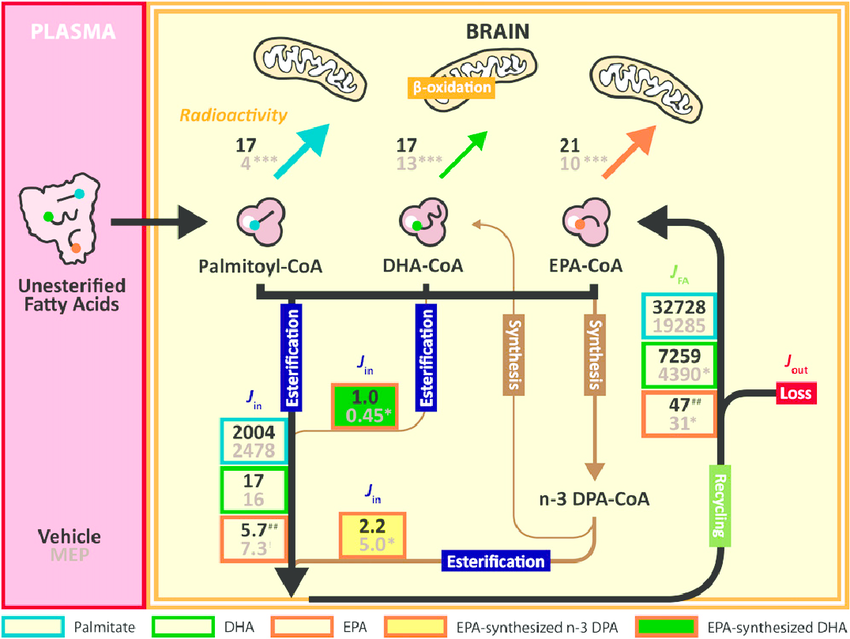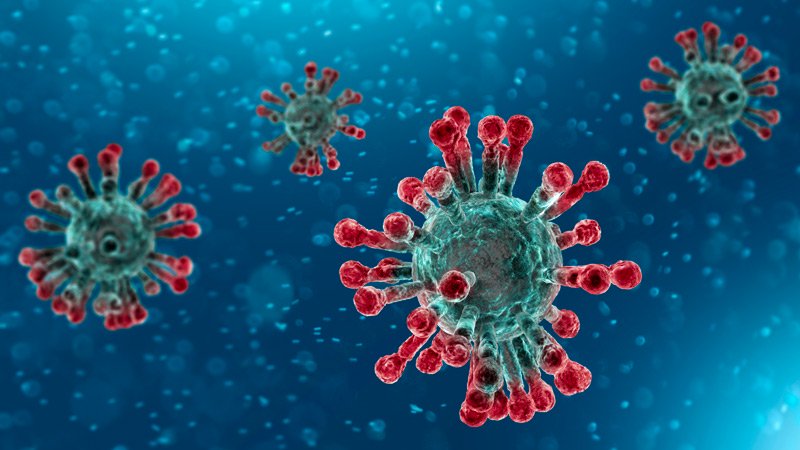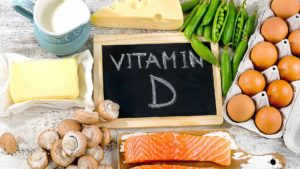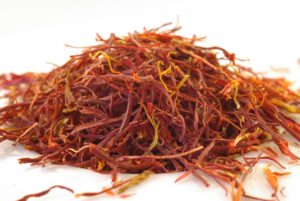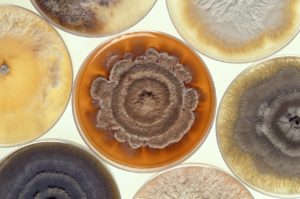Within a span of five days, we went from concern about COVID-19 to a pandemic and then a US national emergency. These are uncertain times, and uncertainty can lead to fear and panic. Earlier this week, I felt my old friend anxiety starting to take a hold of me as I was driving and quickly changed the station from news to music. Music helped me get back to the present moment.
I have been learning as much as I can about COVID-19 and
want to share with you what I have learned, as well as a couple of resources
and blog posts with the intent to help you and your loved ones stay healthy and
strong. We don’t have control over the virus, but we do have control over how
we take care of ourselves during this outbreak.
I am sure you have read and heard to wash your hands frequently, keep living areas clean, practice social distancing, and other precautions that I will not go into here. Although they are not the topic of this email, I do encourage you to follow these precautions. Please do your part in flattening the curve! The purpose of this email is to share a few lifestyle tips and of course nutritional suggestions to keep your immune system strong. Do not wait for a vaccine!
We could read and listen to news about the Corona virus all
day, because understandably that is the hot topic right now. What really has helped me this week to stay
out of fear mode is to spend 5 minutes in complete silence in the morning and
focus on my breath and then write for a couple of minutes in my gratitude
journal. I highly suggest not looking at your mobile device or turning on any
type of news for the first 15 to 30 minutes you are awake. By finding a bit of peace and calmness in the
morning, you can take that feeling with you and bring it into your day. If you
have ever thought about starting a meditation practice but just never got
around to it, now is a great time!
Stress has a negative impact on your immune system and having a stress
management technique will only help you!
I also suggest checking in at the CDC site for factual and up to date information about COVID-19. Although we need to stay tuned into local news to know what is happening in our communities, the CDC provides facts without the hype. Make informed decisions utilizing this resource. If you are prone to anxiety, watching local news or following the corona virus on social media 24/7 will almost certainly increase your anxiety levels.
Since we have been advised to practice social distancing, going
to the gym or your favorite Pilates class might not be an option for a while. I have noticed that many of my yoga studio’s
classes have been cancelled. Exercise outdoors and get fresh air! Moving your body is good for your immune
system and being outside in nature will reduce stress levels.
Now for food and supplement suggestions! Please note that there is NO cure for COVID-19
and everything I suggest here is to support your immune system and keep you
healthy.
Increase your intake
of Vitamin C!
Citrus fruits are a good source of Vitamin C and they are in
season right now. Lots of yummy
varieties to choose from! Add ½ squeezed
lemon to a glass of water every morning or you can add the squeezed lemon to a
glass of hot water with ½ to 1 tsp of local honey. Red peppers are also a good source of Vitamin
C. Although not in season, you can find organic red peppers from Mexico in many
grocery stores.
Add garlic to your
meals! I personally cannot tolerate
raw garlic, so I mince it up and sauté it in olive oil with veggies, eggs, and
more. Garlic has a long history of being
an effective anti-fungal, anti-bacterial, and anti- viral! And note that egg yolks are a good source of
Vitamin A, which is also immune supportive!
Stay well hydrated
with water, herbal teas, and vegetable or bone broths. You can sip on teas and broths in between
meals. If you do not want to make your
own bone broth, Whole Foods does have their own brand of organic chicken broth
and Kettle
and Fire also offers a variety of good quality bone broths.
I am taking extra supplements to support my immune system
health until this virus starts to dissipate.
This is my personal regimen, based on what I have learned and immune system
support in general.
Vitamin C: minimum
of 1000 mg twice daily
There
are currently 3 clinical trials in China using IV vitamin C to treat COVID-19. China Treating
Coronavirus COVID-19 with Intravenous Vitamin C. In
addition, Dr Richard Cheng MD PhD, head of the IV C studies is also suggesting
oral vitamin C for prevention.
Vitamin D: A good maintenance amount
is 2000 IU per day. Best to take with Vitamin
K. If you have low levels of Vitamin D and are going to high dose Vitamin D, please
do so under your physician’s care. Your
Vitamin D levels can go too high.
Zinc: critically important for immune system health. I take Zinc Supreme, which gives me an extra 30 mg of zinc per day. Or if you start to feel symptoms, consider zinc lozenges.
Andrographis, an herb long used in traditional Chinese medicine, is a big player here. My favorite immune support product that includes andrographis is Immunitone Plus. I actually use this product during normal cold/flu season for prevention at a lower dose of two caps per day. If I feel I am coming down with a cold/flu, I take two capsules twice per day. This is an awesome formula!
Andrographis has been shown to restrain virus replication and virus-induced pathogenesis and provide symptomatic relief of acute respiratory tract infections in adults and children.
Gupta, S., Mishra, K.P. & Ganju, L. Broad-spectrum antiviral properties of andrographolide. Arch Virol 162, 611–623 (2017). https://doi.org/10.1007/s00705-016-3166-3
Hu X-Y, Wu R-H, Logue M,
Blondel C, Lai LYW, Stuart B, et al. (2018) Correction: Andrographis paniculata (Chuān
Xīn Lián) for symptomatic relief of acute respiratory tract infections in
adults and children: A systematic review and meta-analysis. PLoS ONE 13(11):
e0207713. https://doi.org/10.1371/journal.pone.0207713
Can’t find Purell or any other alcohol based wipes? Check out Dr. Elisa Song’s blog post on how to make your own alcohol based hand sanitizer!
Another great option is Silvercillin Spray, which I travel with all the time, even during non-cold and flu season! You can spray it on surfaces, utensils and drinking glasses if you are out at a restaurant (although I do not recommend eating out now), in your throat, and really anywhere! Non-colloidal silver is a potent anti-bacterial and anti-viral!
Let’s
empower ourselves with facts, take precautions, and be proactive. And take good care of yourself!
Please
feel free to contact me if you have any questions.
Stay
strong and healthy,
Beth
